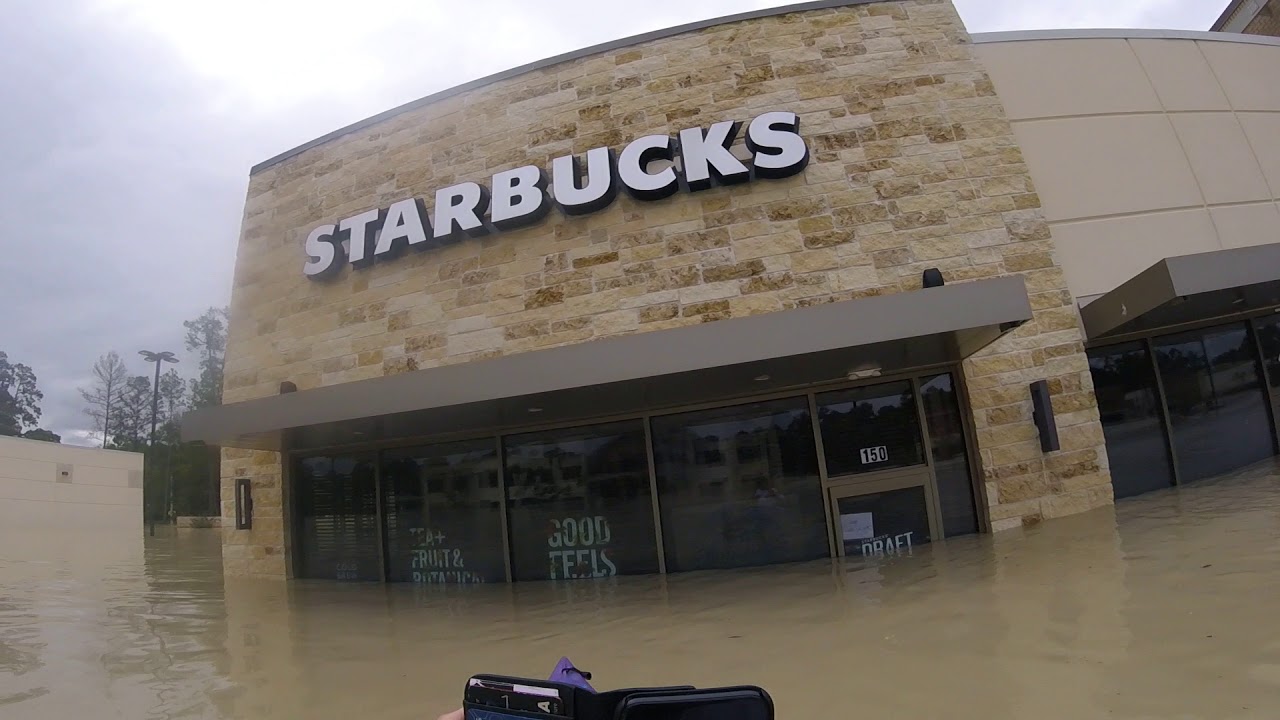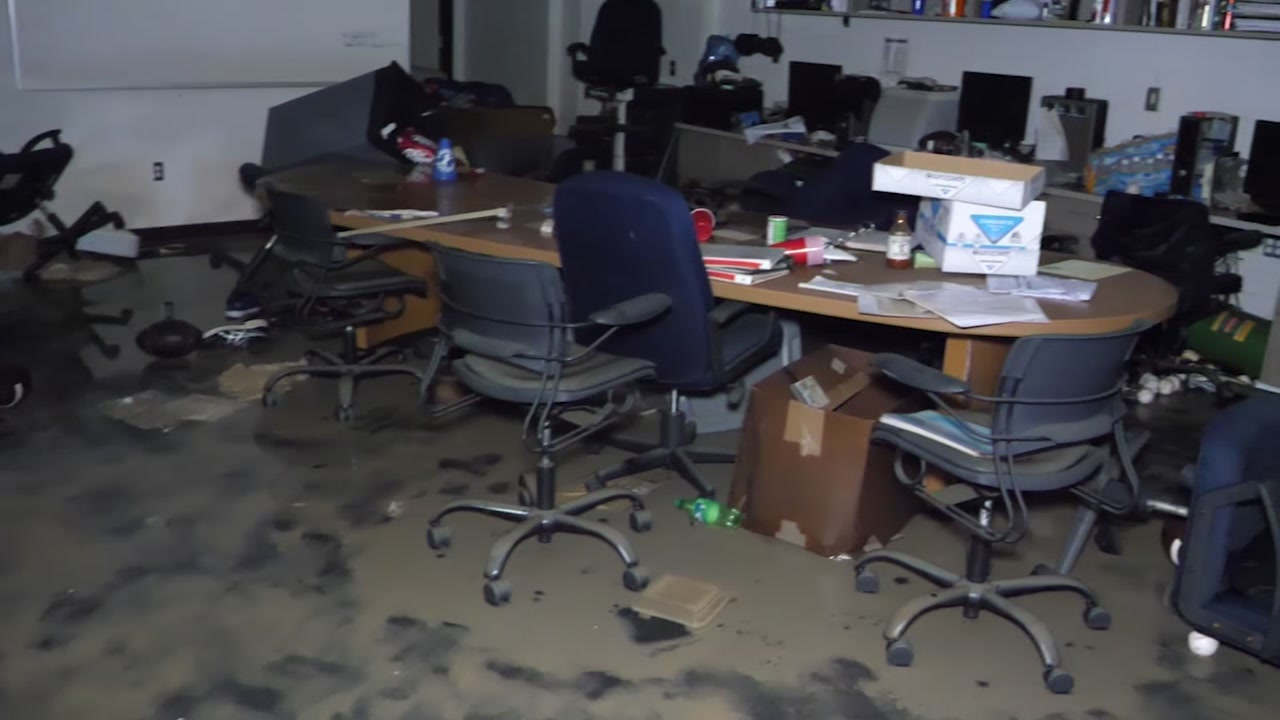 Hurricane Florence (a category 4 storm) is currently charging toward the Carolinas expecting to bring "life threatening storm surge and rainfall". A storm that powerful brings with it winds of 140 mph, intense flooding, trees uprooted and fallen power poles. The damage can be catastrophic and 40% of businesses fail to re-open after a natural disaster and another 25% fail a year later. In times like this I can't help but think of the many disaster recovery solutions available today. Cloud computing has revolutionized protecting business data from life changing disasters. Its really not that expensive and makes a world of difference to the survivability of any business.
Hurricane Florence (a category 4 storm) is currently charging toward the Carolinas expecting to bring "life threatening storm surge and rainfall". A storm that powerful brings with it winds of 140 mph, intense flooding, trees uprooted and fallen power poles. The damage can be catastrophic and 40% of businesses fail to re-open after a natural disaster and another 25% fail a year later. In times like this I can't help but think of the many disaster recovery solutions available today. Cloud computing has revolutionized protecting business data from life changing disasters. Its really not that expensive and makes a world of difference to the survivability of any business.
Good Times
In good times investing in Disaster Recovery solutions becomes a low priority and clients often think its too expensive but when you find yourself in the path of a natural disaster those priorities quickly change. Even if your business survives the storm and gets government and Insurance to help physically get the doors open again by helping with cleanup and replacement of office supplies, it can not help if records and important documents have been lost. For this, companies need to be proactive with their approach.
Disaster Strikes
We may have a situation where our original data is accidentally deleted or changed but the possibility of system failure will always be top priority. That could be anything from a hard drive crash on a user's device to a data center being crushed by a natural disaster. If any of those failures happens, it is not just data that needs restoring, but the full working environment. In other words "disaster recovery".

Backup and disaster recovery are not directly interchangeable terms, but recovery is not possible without backup in the first place. Disaster recovery is having the tested where with all to get systems restored and running as quickly as possible, including the associated data.
The increasing use of Cloud has changed the way recovery is carried out because, in a virtual world, a system can be recovered by duplicating images of virtual machines (VM) and recreating them elsewhere.
In the old days, if a server crashed then you went through the following steps:
- Get a new server. Hopefully you would have a spare on hand. Often it was an out-of-date model, if it had not been needed for some time.
- Install all the systems and applications software, attempting to get all the settings as they were before, unless of course you had done that in advance which would not have been possible if you had only invested in one or two redundant servers on standby for many more live ones, not knowing which would fail.
- For a really critical application, you may have had a hot standby, all fired-up and ready to go. However, that would have doubled the cost of application ownership, with all the hardware and software costs paid twice.
- Restore the most recent data from backup. Depending on your situation you may have had a database that was almost up to date, but for a file server, an overnight backup may be all that is available, and only goes back as far as the end of the last working day. Anything that was in memory at the time of the failure is likely to have been lost.
Cloud Virtualization changes everything and increases the number of options. First, data can be easily backed-up as part of an image of a given virtual machine (VM), including application software, local data, settings and memory. Second, there is no need for a physical server rebuild because the VM can be in the cloud. This means most of the costs of redundant systems disappear.
Disaster recovery is cheaper, quicker, easier and more complete in a virtual world. When it comes to data backup, faster recovery time objectives are easier to achieve.
Disaster recovery as a service(DRaaS) allows for the replication of VMs embedded in the service, so failover and recovery happens almost instantaneously. DRaaS solutions can also offer converged hardware products that can backup and replicate application data, eliminating the need for separate software.
DRaaS providers provide unique value to make it worth their customers while and simplify disaster recovery. In fact cloud is so reliable as a backup and recovery solution many customers are moving their business processes and applications to cloud as their primary solution.


